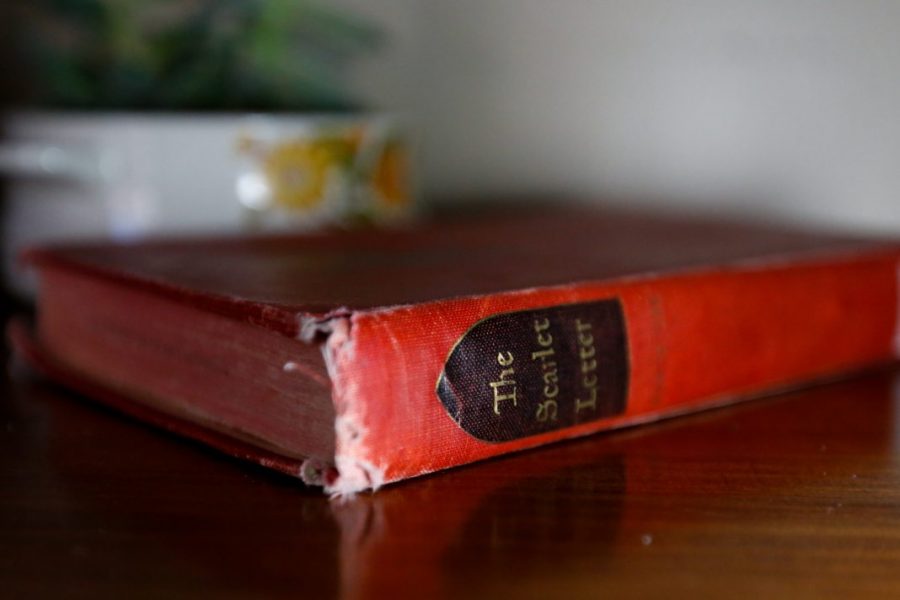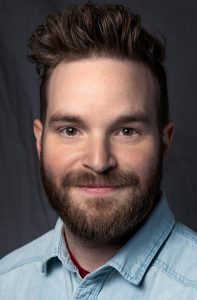There’s something about the books we chose to read throughout our childhoods and the ones we were forced to read in high school English classes that stay with us in odd ways as we age. We often recognize the titles when they come up in conversations or are featured on banned book lists. The University of Utah is home to a large number of banned books and participates in Banned Book Week to raise awareness of banned books to celebrate the freedom we have to read. From childhood favorites with a bad reputation to prohibited titles on prison bookshelves, concerned parents and parties have made some interesting challenges to books over the years.
“Where the Wild Things Are” by Maurice Sendak is one of the many fascinating additions to the banned book list, which is expanding to include books that have been challenged, but not banned, in schools and public libraries. Sendak’s classic children’s work was banned in schools because some people felt the story’s dark and occult nature was unsuited to the age group. Max’s journey to the land where the wild things are was considered too frightening for the young minds the story is meant for. This idea and the later banning of the book was encouraged by an article written for Ladies’ Home Journal by Bruno Bettelheim, a well-known child psychologist in the 1960s, saying exactly that.
“What [Sendak] failed to understand is the incredible fear it evokes in the child to be sent to bed without supper, and this by the first and foremost giver of food and security — his mother,” Bettelheim said.
Though it has been banned in many libraries over the years and has made it onto the list of the most banned books from 2000 to 2009, it was most heavily banned in the south.
Another children’s series that has made its way onto banned book lists is Barbara Park’s “Junie B. Jones” series. These books chronicle the life of Junie B. Jones as she explores and creates solutions to common childhood problems, such as riding the school bus, swearing and the birth of a younger sibling. The books were banned by some libraries because Junie B. doesn’t speak properly and parents were concerned about children’s potential to develop behavioral problems as a result.
The possibility of bad behavior and grammar are odd reasons to want to ban a book. The middle and high school reading curriculum classic “To Kill a Mockingbird” by Harper Lee has recently been challenged for possibly the vaguest reason yet.
“There is some language in the book that makes people uncomfortable,” said Kenny Holloway, vice president of the Biloxi School Board in Biloxi, Mississippi.
Lee’s work has been consistently challenged and banned across the nation since 1966 for a variety of reasons, giving it the 21st spot on the most banned or challenged books list between 2000 and 2009.
Concerned parties across the United States are banning books for more than dark themes and incorrect grammar. The Utah State Prison recently banned Robert Greene’s “The 48 Laws of Power” and “The Art of Seduction.” Both of these works contain themes such as power, seduction and war, which Greene centers many of his works around. Though these themes drive many social, political or economic interactions, officials at the Utah correctional facility feared the books would teach inmates the art of manipulation. The Salt Lake Tribune stated the books were banned as a security measure by an official who is no longer working for the prison.
Sometimes censorship can come as a surprise and these shocking books are just a few of the many books challenged in the U.S. every year. Take a look back to a childhood favorite now deemed inappropriate and learn something from a book banned in your local prison — think about how reading is a necessary part of our world today.
@ladyofth3lak3



